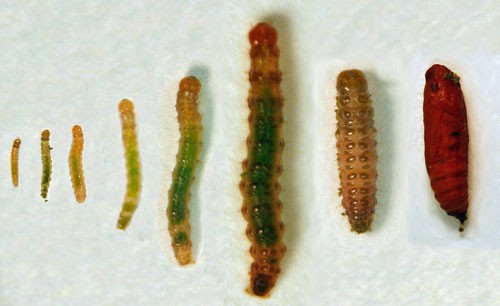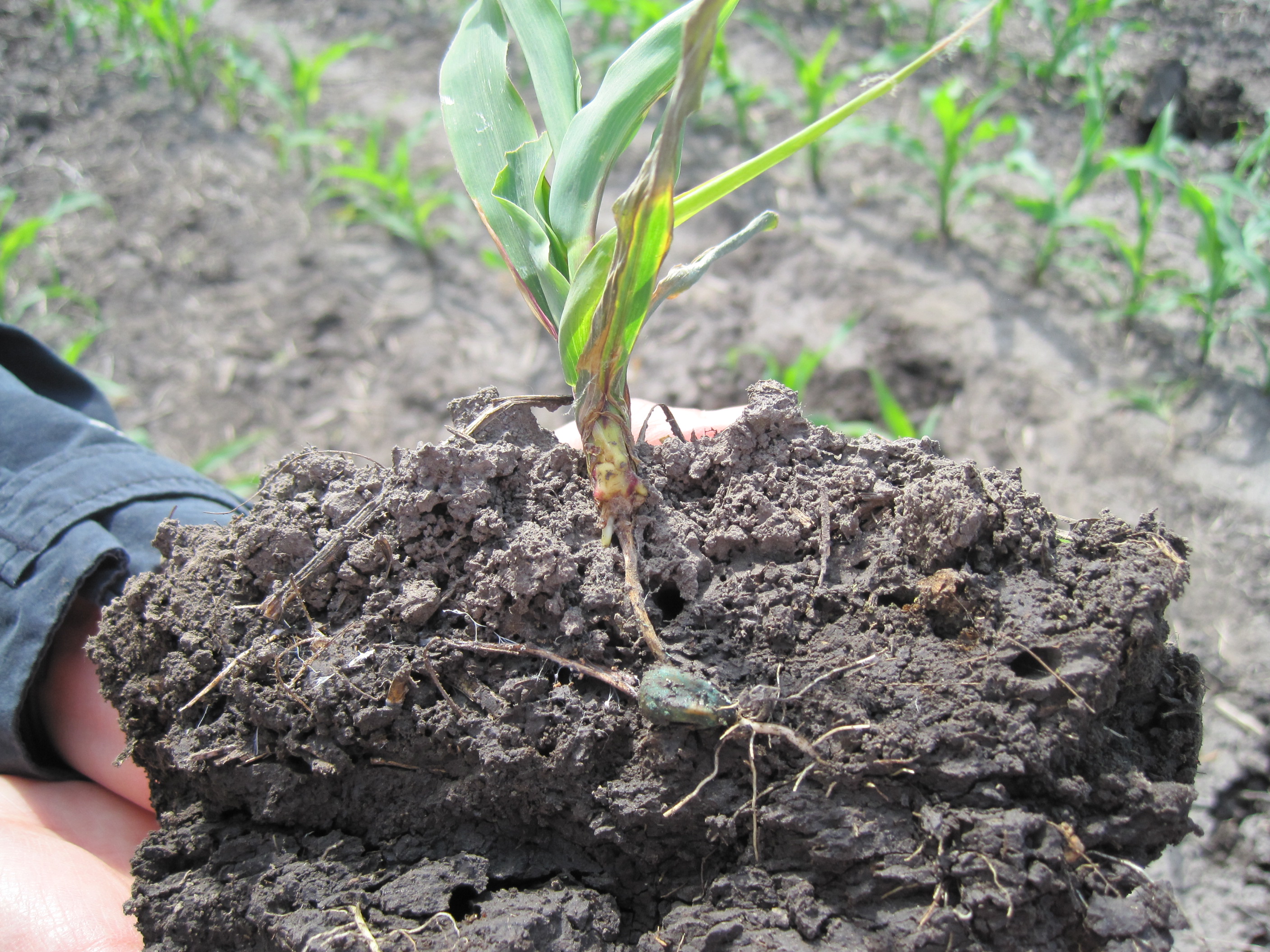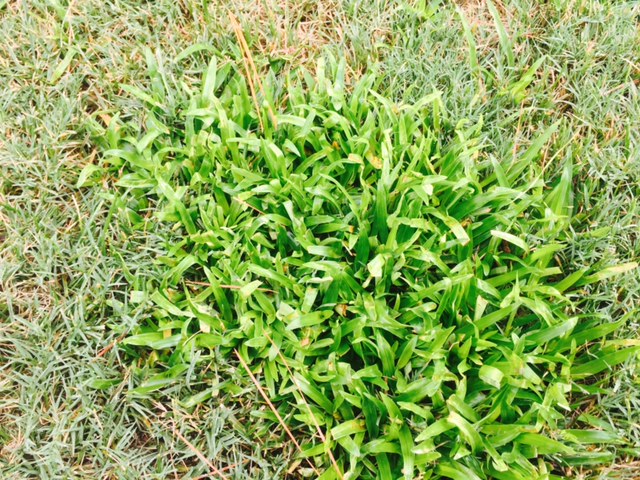 A very frustrated customer emailed me recently bemoaning the difficulties in maintaining a healthy St. Augustine lawn. Every Spring his grass grows long and green, every summer he gets chinch bugs and every fall he gets brown patch. While both of these issues are entirely treatable and when caught early not too damaging, he reasonably wants to avoid the problems altogether.
A very frustrated customer emailed me recently bemoaning the difficulties in maintaining a healthy St. Augustine lawn. Every Spring his grass grows long and green, every summer he gets chinch bugs and every fall he gets brown patch. While both of these issues are entirely treatable and when caught early not too damaging, he reasonably wants to avoid the problems altogether.
So I responded with a list of tricks and practices he could try for budgets big and small. Though each yard is different in age, shade, and condition, these tips can help anyone.
- Do not cut grass below 3″. Longer grass is healthier, less thirsty and will be more resistant to problems. Also never cut more than 30% off blades at a time and leave clippings every fourth mowing to create a healthy amount of thatch and protection for the soil and root system.
- Apply a granular fertilizer every other month in the growing season. We recommend microlife or nitrophos in the Houston area – try to avoid generics as they are less likely to be designed for our difficult Houston soils. If you are not sure what or how to apply, ask a lawn care professional. (hint hint)
- Consider aeration and top dressing (If money is tight or you are skeptical this larger expense pays off in kind with results, start by targeting problem areas only.)
 Introduce beneficial insects like lacewings or ladybugs, or fungi and bacteria feeding nematodes.
Introduce beneficial insects like lacewings or ladybugs, or fungi and bacteria feeding nematodes.- Apply an organic insecticide in June/July (we do not suggest applying chemical insecticide preventatively as they will kill many of your beneficial insects as well. Last year during the Sod Webworm outbreak our organic yards did much better than the chemically treated ones.)
- Purchase a soil tester and use to monitor correct watering and pH (chinch bugs are more likely to hit full sun areas by sidewalks or driveways; brown patch in cooler, wetter spots)
- Test the sprinkler system to ensure even watering (you can call out a contractor, or DIY – place small containers around the yard before a scheduled watering. You want about 1″ of water. This test will also help you make a more tailored plan using your soil tester).
- Apply fungicide or additional compost in fall on areas that are most prone to brown patch.
- Do not add any other stress then mowing unless strictly necessary in the hottest months (i.e. raking or weed killers, chemical treatments if you do develop a problem) If additional stress becomes necessary, spot treat only* and apply compost to the areas treated.
- Add top soil / sand to low lying areas to even out and prevent moisture build up. No more than 1/4 – 1/2″ at a time.
- Walk your yard. It sounds simple but many problems can be caught ahead of time or early on if you are familiar with your yard. You will probably be able to tell if the sprinkler system isn’t hitting certain areas or if others are staying too wet. You will know when weeds are getting out of hand or if grass is showing stress (yellowing, slower growth) or thinning. If you are not sure then ask a lawn care professional for their help – any reputable company will offer free consultations.
Let me know if you have any suggestions of your own to add to this list, or if you try any of the above let me know your results.
*If you develop chinch bugs then you will likely have to treat the entire section of yard, even if the infestation is small, as they will travel.




Leave A Comment